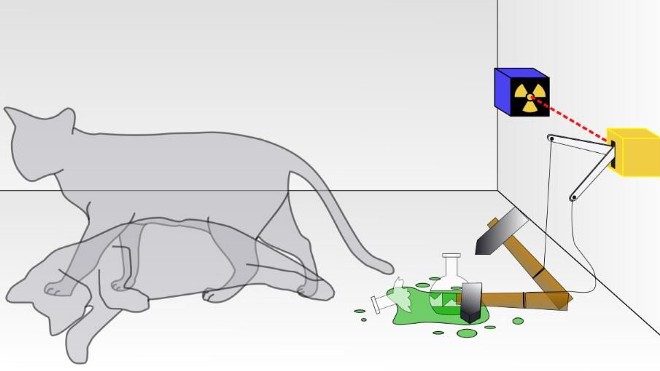Ben Parr, author of the new book Captivology, explains how certain celebrities like Beyoncé, Mark Zuckerberg, and Tom Hanks are able to reach a higher echelon of fame by mastering an assortment of triggers that grab fans’ attention. Parr calls these “captivation triggers” and discusses the integral role they play in building a personal brand.
Ben Parr: So, in my book Captivology, a captivation trigger is a psychological trigger that forces us to pay attention to something in some way. They are either subconscious or conscious triggers that make us turn our heads. Beyoncé is different than all the other artists in the fact that she's been so good at capturing attention over the long term. And so Beyoncé's real secret is that she's built this relationship with her audience. What she used as a trigger I call the acknowledgement trigger. And what she's done is make it so that when people think about her, they associate things like beauty and like a level higher, kind of like this kind of thing you want to be. And so one of the things I learned about celebrity and celebrity culture is that when you pay attention to celebrity, it's kind of a reflection of who you are. Being a fan of a Beyoncé says something about you versus being a fan of say One Direction or Justin Bieber or Jennifer Lawrence.
And so Beyoncé has the BeyHive and that's the name of her fans and she's really done a great job of acknowledging her fans and getting to know them and creating amazing work for them and interacting with them. And so what happens when she drops an album without any kind of marketing beforehand is that it becomes platinum because one, it was completely different because you're not supposed to drop an album and it's not supposed to go immediately platinum because of that. And two, it's because they know her name. She's taken years to build her name and her brand and done all the things she needed to do. There's a certain point where the more you do that the more your name is recognized and the more attention you can capture. That's why long-term brand building really matters. Beyoncé has done that for years; as a result she can just drop an album and it will get attention.
Mark Zuckerberg does use the acknowledgment trigger for Facebook, but in a different way. We go to Facebook because we find acknowledgment and validation from others on Facebook. Think about when you post a status update; you're trying to figure out what witty thing to say or what cute pictures you can put on. And if suddenly you get 100 likes on your Facebook status, you feel a sense of joy because that means you were clever; you were witty; or your friends just like you. And this is the sense of validation that we come back to social networks for. Even I understand it, and I know this stuff, but I still feel joy if like one of my tweets gets 100 retweets or if my Instagram post gets 50 likes; that sense is a sense of acknowledgment. We keep coming back to it because validation and acknowledgment is a fundamental human need. We feel the need to pay attention to the things that pay attention to us and that's why Mark Zuckerberg and Facebook have captured so much attention.
There are two things I think when I think Tom Hanks. The first is that he's not trying to get attention for himself. And so one big lesson to learn from all the masters of attention is that they don't try to get attention necessarily for themselves, but for their projects, their passions, and ideas. You don't see Tom Hanks on every TV show all the time. Same with like Will Smith and such; they only come out when they have something really important to promote or a cause that they want to talk about. That works really well because they're not overexposing themselves to their audience and it makes it very clear it's not about them; it's about the stuff that they're doing and people really appreciate that. And Tom Hanks, too, just has this projection of being a very nice and lovable guy. And in fact there's a scientific term for the kind of feelings we have for someone like Tom Hanks and it's called the parasocial relationship, which is our capability to feel like we have a two-way relationship with a celebrity or a brand or an icon. Even though Tom Hanks will never meet us or ever really get to know us, we feel like we know him. And he's been a master at building that because of the kind things he's done and because of his kind nature and the stories we hear about him. And that is a form of attention that lasts forever.





